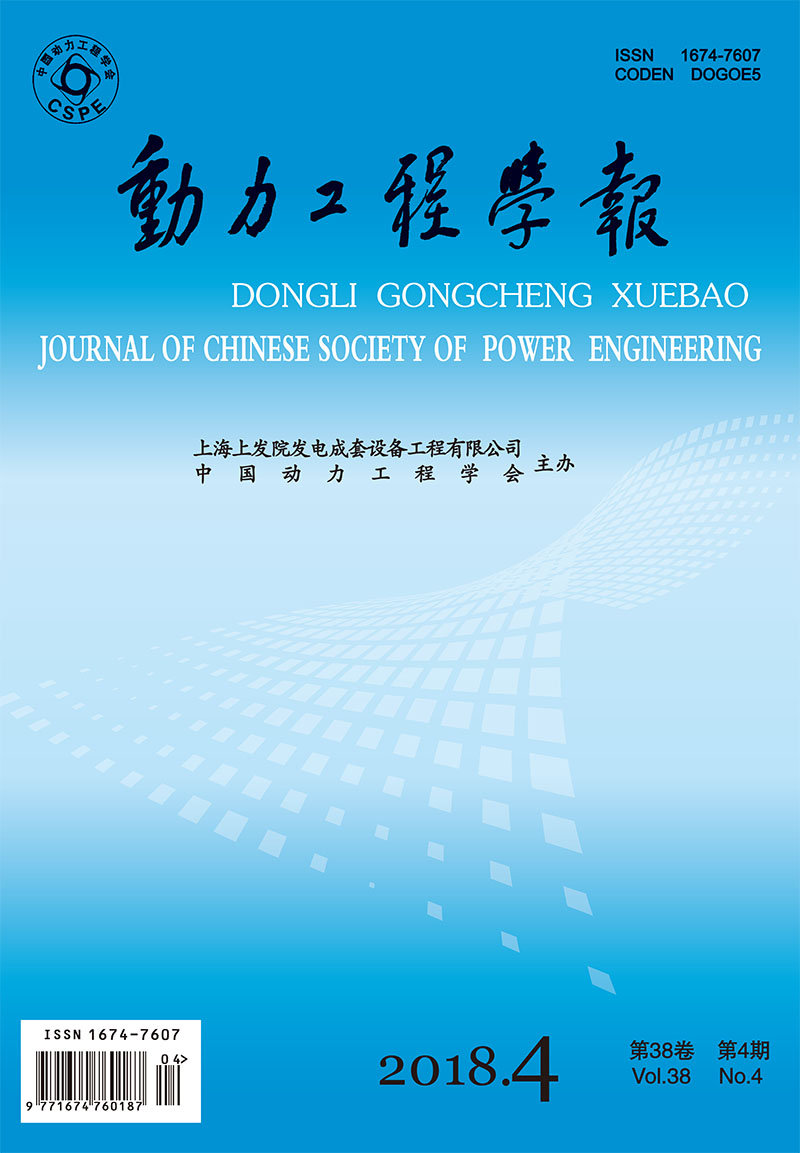WANG Zulin, ZHANG Yi, SU Guoping, WEI Shuzhou
2018, 38(4): 291-297.
To achieve zero discharge of desulfurization waste water, spray evaporation experiments of desulfurization waste water were conducted after evaporation crystallization by mechanical vapor recompression (MVR) with the injection points located in the flue duct before SCR, so as to study the evaporation characteristics of desulfurization waste water in the flue duct, and to analyze the effects of concentrated waste water injection on the outlet fly ash concentration, flue gas components, size distribution of ash particles, SO3 concentration, and specific resistance and chemical composition of fly ash, etc., while the influence of concentrated desulfurization waste water added with alkali liquor on the main components of flue gas and the specific resistance of fly ash was researched. Results show that when the concentrated desulfurization waste water is sprayed into the flue duct before SCR, there would be no significant change of dust concentration, but the HCl and HF concentration in the flue gas would increase. The content of corrosive gas in the flue gas decreases when the desulfurization waste water with alkali liquor is sprayed into the flue duct. SO3 concentration at the outlet of SCR reduces when the concentrated desulfurization waste water is injected. The specific resistance of fly ash at the same temperature drops when the desulfurization waste water with alkali liquor is sprayed, compared with the condition without alkali liquor. This is beneficial to the improvement of dust collection efficiency.
